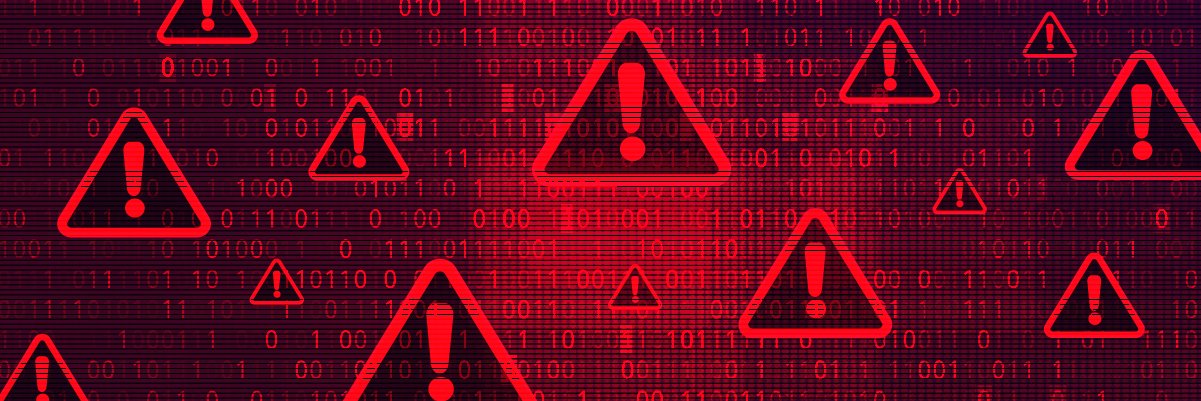After successfully halting a Distributed Denial of Service (DDoS) attack on your organization, the next crucial step is the recovery process. The recovery phase involves two key steps: restoring services and conducting a post-attack review to prevent similar incidents in the future.
Restoring services after a DDoS attack requires a systematic approach and a clear understanding of how applications and systems function and interact with each other. Without a well-documented roadmap for service restoration, teams may encounter cascading failures where one system’s malfunction impacts others, worsening the overall situation. Additionally, as services come back online, there may be a surge in legitimate connection attempts by users, potentially leading to an application layer DDoS effect. To prevent this, it is advisable to lower connection limits or route traffic to different data centers based on IP addresses or geography.
If the organization’s Internet Service Provider (ISP) has suspended connectivity during the attack, efforts should be made to have it reinstated, with an explanation of the precautionary measures taken to defend against future attacks. In the case of a Layer 3 or 4 DDoS attack, executing the “clear ip bgp *” command on Border Gateway Protocol routers is recommended to reestablish correct routing of user requests to services. It is crucial to coordinate with IP transit providers and peering partners to ensure that routing information is updated promptly.
Following the restoration of services, a post-attack review should be conducted to assess the damage incurred and derive valuable lessons for future security measures. The assessment should include calculating direct costs, such as lost revenue, production downtime, and additional hosting expenses. Indirect costs, like negative publicity, a decline in customer satisfaction, or reputational harm, should also be taken into account. By quantifying these costs, organizations can allocate appropriate budgets for DDoS mitigation strategies.
The lessons-learned exercise should focus on evaluating the effectiveness of existing defenses and response procedures, using log data to identify attack patterns, peak network data levels, and vulnerable assets. Key metrics, such as the time to detect, alert, and divert the attack, help gauge the performance of defenses and evaluate the effectiveness of mitigation providers. It’s essential to assess the ratio of legitimate traffic to malicious traffic stopped to pinpoint weaknesses in defenses and promptly address them by upgrading tools or enhancing network resources.
Effective communication with stakeholders is crucial during and after a DDoS attack. Timely and informative updates, coordinated by a designated spokesperson, can help maintain trust and prevent confusion among users. Legal obligations, such as reporting the attack to regulatory authorities, law enforcement agencies, and cybersecurity insurance providers, should be fulfilled promptly. Sharing attack details with organizations like the FBI’s Internet Crime Complaint Center can contribute to a collective understanding of evolving attack techniques.
Regularly revisiting impact forecasts and DDoS protection plans, reviewing trends, products, and services, and ensuring the deployment of up-to-date DDoS detection tools are vital preventive measures against future attacks. By staying vigilant and proactive, organizations can fortify their defenses and minimize the impact of potential DDoS threats on their infrastructure.
In conclusion, recovering from a DDoS attack involves a comprehensive approach that encompasses both technical restoration of services and strategic post-attack evaluation to strengthen defenses and mitigate risks effectively. By adopting proactive measures and continuous improvement, organizations can minimize the impact of DDoS attacks and enhance their resilience against cyber threats.


